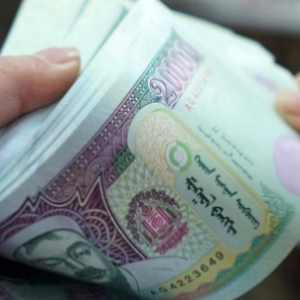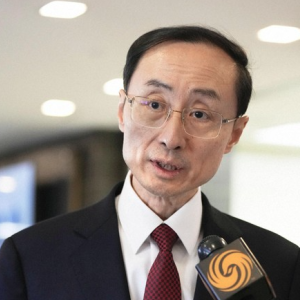Central bank raises its policy rate
Economy
Ulaanbaatar
/MONTSAME/. The Monetary Policy Committee (MPC) of the Bank of Mongolia a held
scheduled meeting on January 28th, 2022. Taking into consideration current
state of the economy and financial markets as well as outlook and risks to the
domestic and foreign economic environments, the MPC decided to:
1. Raise
its policy rate by 0.5 percentage point to reach 6.5 percent;
2. Increase
the percentage of required reserves in MNT deposits by 2 percentage points to 8
percent;
3. Change
the terms of long-term repo trade financing for the non-mining export and
processing industries;
The spread of the
Omicron variant of the COVID-19 is increasing, the global economic outlook is
deteriorating, and cost-push inflation is rising sharply in many countries due
to transportation, logistics delays, and supply chain failures. In our country,
the price of imported goods has also increased due to the continuing delays in
foreign trade. Rising prices for meat, vegetables, fuel and imported goods
triggered the price increases in other goods and products more than it was
expected. Annual headline inflation reached 13.4 percent nationwide and 14.8
percent in Ulaanbaatar city as of December 2021.
Demand-driven
inflation is expected to continue to gradually increase following the economic
activity, while the outlook of supply-driven inflation will depend on how
quickly border constraints, transportation and logistics delays are addressed.
Progressive monetary
and macroeconomic policies and financial regulatory measures to mitigate the
negative effects of the pandemic have had a positive impact on supporting
economic recovery and maintaining financial sector stability. In the last two
months of last year, the mining and transportation sectors fell short of
expectations, while the manufacturing, trade and service sectors outperformed
expectations as business constraints eased and domestic demand increased.
The monetary policy
stance has been tightened as there is a risk that inflation expectation will
increase and the second round of effects from the inflation will intensify as
supply shortages continue due to border constraints. In addition, the fact that
the base interest rate in foreign markets is expected to increase created
conditions for raising the policy rate.
The central bank will
adjust its monetary policy stance in a timely manner in line with the
developments of economic recovery and inflation outlook.
 Улаанбаатар
Улаанбаатар
























































































